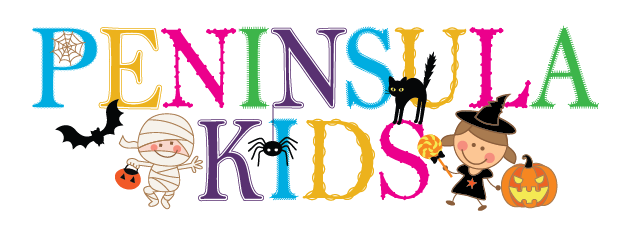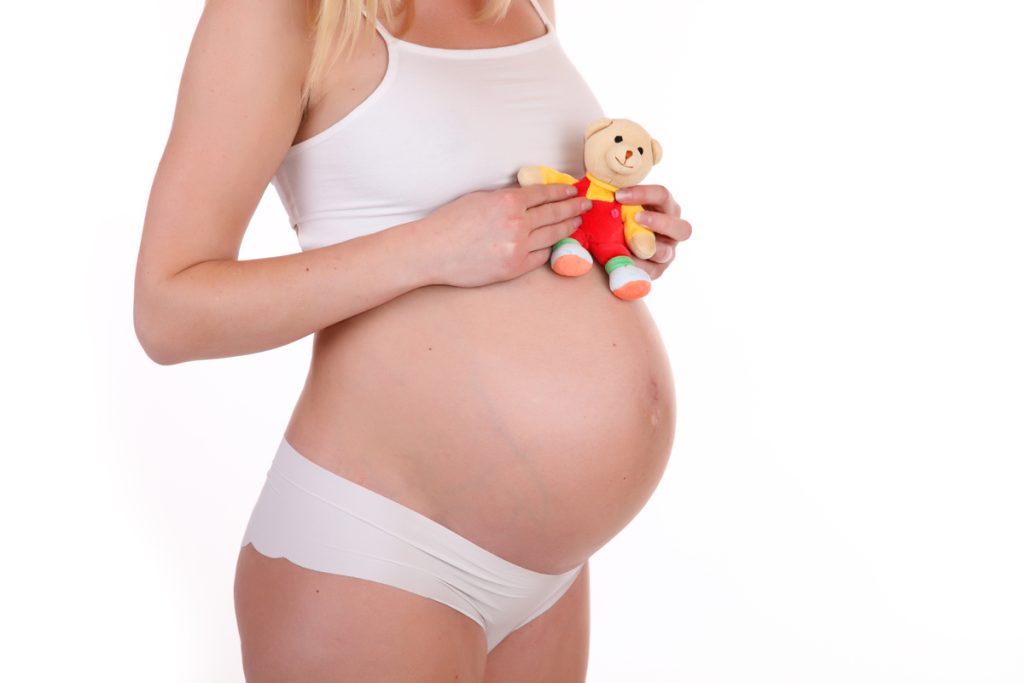By Yvette O’Dowd
The time to plan for your 4th trimester is while you are still in the 3rd. There are options you might like to consider in both your birth plan and breastfeeding plan, which can help things go more smoothly during the first 12 weeks of the postnatal period.
While things beyond your control will happen during your labour, delivery and hospital stay, researching and discussing options well before your baby arrives means you can approach obstacles knowing you have made informed decisions.
Making a Birth Plan
The important points in your birth plan have nothing to do with warm socks and lavender oil. The interventions which might be offered during labour and delivery can impact the immediate postnatal period. While some are practiced protecting maternal and infant health, offers may be done routinely and may not be necessary in your situation.
The Baby Friendly Health Initiative (BFHI) is a joint World Health Organisation (WHO) and UNICEF project that aims to create a healthcare environment where breastfeeding is the norm, and practices known to promote the well-being of all mothers and infants are promoted. The Ten Steps to Successful Breastfeeding are the global criteria against which maternity facilities are assessed and accredited.
In a Baby Friendly accredited facility, breastfeeding is encouraged, supported, and promoted. Breastfed babies are not given breastmilk substitutes (infant formula) unless medically indicated or it is the parents’ informed decision. Regardless of feeding choices and circumstances, every woman is supported to care for her baby in the best and safest way possible.
Baby Friendly accreditation is a quality assurance measure that demonstrates a facility’s commitment to offer the highest standard of maternity care to mothers and babies. Attaining accreditation signifies that the facility is committed to evidence-based, best-practice maternity care and ensuring that every mother is supported with her informed choice of infant feeding during her transition to motherhood.
In Australia, just 26% of maternity facilities are BFHI accredited (2022) compared to 96% in New Zealand. (2018)
If you are not birthing in a BFHI accredited facility you might need to be more proactive about your goals around breastfeeding, uninterrupted skin to skin other birth and other routines which can create barriers to breastfeeding.
Making a Breastfeeding Plan
Your newborn will be ready to breastfeed soon after birth and there is no time in between for you to figure out how it all works! Pregnancy is the ideal time to learn how your body produces milk, how breastfeeding works and what you can do to make it work well for you.
Understanding attachment and the ways babies can be positioned as well as how milk production is established in the first weeks will help avoid the most common reasons parents are not able to reach their breastfeeding goals. It helps to plan for beyond your hospital stay as some challenges will need follow-up support once you are home.
Things you might like to consider including in your written breastfeeding plan:
- Our goal is to exclusively breastfeed our baby. If supplementation is medically indicated, we have expressed colostrum available.
- Other supplementation in the form of infant formula must have explicit consent from the birthing parent and/or her support person.
- Our preference is not to use teats or dummies.
- Our plan is uninterrupted skin to skin contact for at least the first hour after birth, unless medically contraindicated. If the birthing parent cannot do so, their support person will do so. If the baby is not immediately able to be placed skin to skin, our goal is that they do so as soon as they are stable.
- Our preference is our baby is given time to initiate the first breastfeed without assistance. If support is required, a hands-off approach is preferred. Please ask before touching my breast or the baby if necessary.
- In the case of an emergency caesarean or other medical intervention, our baby is to be held skin to skin by the birthing parent’s support person until they can be held skin to skin by the birthing parent.
- If our baby has not initiated breastfeeding within the first hour after birth, please support us to hand express colostrum at that time and every 2-3 hours until our baby breastfeeds.
- Please delay any routine tests or perform them while our baby is held skin to skin. We would like to remain skin to skin during any transfers.
- If our baby’s weight loss is causing concern, our plan is to improve milk removal from the breast by better attachment and more frequent breastfeeding. If supplementation is medically indicated, our antenatally expressed colostrum is to be used in the first instance plus any postnatally expressed colostrum. Supplementary feeds will be given by syringe or cup. Informed written consent is to be received prior to our baby receiving infant formula.

Attend an Online or Face-to-Face Breastfeeding Class
The Australian Breastfeeding Association is well known for its breastfeeding helpline service. However you might not be aware their support begins before your baby is born.
Choose between a Breastfeeding Education Class held in your local community or join other parents from around Australia at a Breastfeeding Education Live online session.
Breastfeeding Education Classes are a 3-4 hour workshop-style session, designed for expectant parents to prepare for breastfeeding in the vital days, weeks and months after their baby’s birth.
These sessions aim to expand upon the knowledge gained at hospital antenatal classes, to give up-to-date information and insights into breastfeeding a baby and parenting in the early days.
Breastfeeding Education Live – Online sessions are an interactive 1.5 hour webinar session. Ask our presenters questions and chat with other parents during this engaging live session as you learn and practice how breastfeeding works. Then join a Q&A session with a breastfeeding mother.
Key topics covered:
- Getting your baby positioned and attached for breastfeeding
- Reading your baby’s feeding and other cues
- Knowing how to tell if your baby is getting enough milk
- Accessing support and resources to help you with your baby
- Access additional resources any time:
- Pre-recorded videos
- Information sheets
You will also find a wealth of information online at breastfeeding.asn.au where current evidence-based articles and other resources are available. Everything you need to know – and lots of things you didn’t know that you need to know!
Consider hiring a private IBCLC lactation consultant
Many hospitals employ a dedicated professional specialised in lactation, a board-certified lactation consultant with an IBCLC qualification. Some midwives also have this extra qualification, as do some child-health nurses and allied health professionals. However, services are often limited, and many mothers find they need the support of an IBCLC in private practice.
It can be useful to make a connection with the right practitioner for you during pregnancy and access any antenatal resources they offer. Discussing concerns or pre-existing medical conditions can help you feel prepared, and you can establish a relationship before your baby arrives.
Be aware that the term lactation consultant can be used by anyone, but the IBCLC qualification requires extensive study, practice hours and examination. To find out more visit iblce.org
Antenatal Expression of Colostrum
In recent years, expressing colostrum in late pregnancy and freezing it has become popular. While generally only advised for known risks of baby needing supplementary feeds in the first few days (eg: babies born to mothers with gestational diabetes), many people choose to store colostrum “just in case”.
If expressing antenatally is comfortable for you, you are at least 36+ weeks pregnant and you have been given the all-clear by your midwife or doctor, then go for it! Be aware that the variations between mothers in the amount they can express at this stage varies and average just a few millilitres. Again, this is not an indicator of your milk supply. If expressing colostrum is stressful or frustrating, don’t feel you must continue. Your milk will be there when your baby feeds and/or your midwife will help you express postnatally if needed.
Delayed Cord Clamping
There are many reasons why babies deserve the right to their own cord blood but one of these may only become apparent in the second half year.
Parents sometimes experience pressure to end exclusive breastfeeding prematurely by introducing solids before six months due to concerns around infant iron stores. In the past, artificially iron fortified rice cereal and other manufactured baby foods and infant formula were promoted as a solution to anaemia in infancy.
It is important to look at this history from the perspective of practices last century.
Babies were more likely to quickly have the umbilical cord cut after birth. They were unlikely to be breastfed exclusively and solids were being introduced from as early as a few weeks after birth without scientific evidence of need. Commercial baby foods were not nutritionally balanced and infant formula composition was experimental. Nutrition in pregnancy was not always well understood and some pregnant women followed a “reducing diet” in hope of a smaller baby and easier delivery!
We now understand that iron from breastmilk is easily absorbed and much higher levels must be added to formula for babies to achieve recommended amounts. And we also understand that iron stores are supported by the blood remaining in the umbilical cord. Delaying cord clamping allows the blood to return to the baby as nature intended.
A simple step now can make a big difference later.
Being prepared to be your own advocate in the period before and after your baby’s birth by informing yourself and having plans in place for any hurdles you might encounter is an important step many new parents wish they had thought of earlier.
Yvette O’Dowd is not your typical grandmother! This mother of three and ‘Granny’ of three has been a breastfeeding counsellor since 1992. In 2014, Yvette established the Southern Natural Parenting Network, incorporating South Eastern Babywearing Group. With 11,000 members world-wide, the group supports parents interested in breastfeeding, babywearing, co-sleeping, baby-led weaning and modern cloth nappies and other aspects of gentle, natural parenting.

